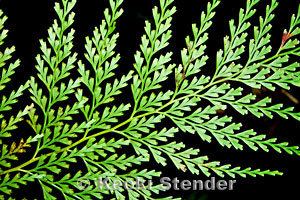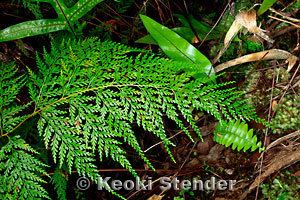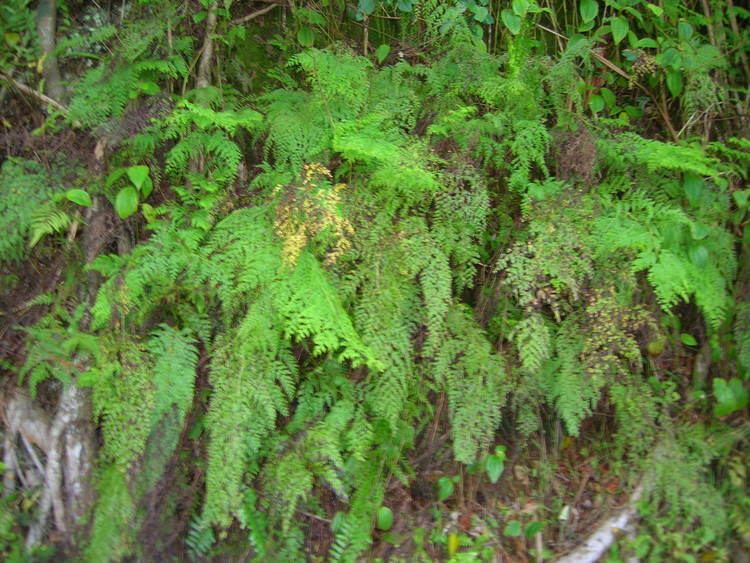Kingdom Plantae Class Polypodiopsida Family Lindsaeaceae Rank Species | Division Pteridophyta Order Polypodiales Genus Sphenomeris | |
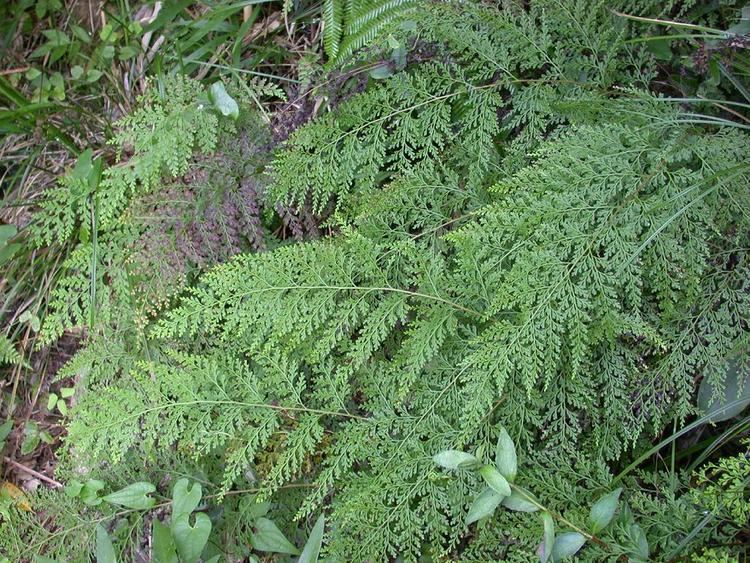 | ||
Similar Sphenomeris, Lindsaeaceae, Onychium japonicum, Microlepia marginata, Asplenium incisum | ||
Octonary ingredients of sphenomeris chinensis formulations pankaj oudhia s medicinal plant database
Sphenomeris chinensis, commonly called lace fern and in Hawaiian pala'ā, palae, or palapala'ā is also known by the alternative botanical name Odontosoria chinensis Sphenomeris chinensis is a fern indigenous to Hawai'i, the Philippines, and other parts of the tropics and sub-tropics. It is commonly found in forest openings and disturbed areas such as landslides, along trails or roads. It grows in moist, shady areas from sea level to an elevation of 4,000 feet. The subspecies in the Philippines, biflora, locally called tubho is sometimes elevated into a new species.
Contents
- Octonary ingredients of sphenomeris chinensis formulations pankaj oudhia s medicinal plant database
- Ingredient s of sphenomeris chinensis formulations pankaj oudhia s ethnobotanical surveys 1990 2012
- Uses
- References
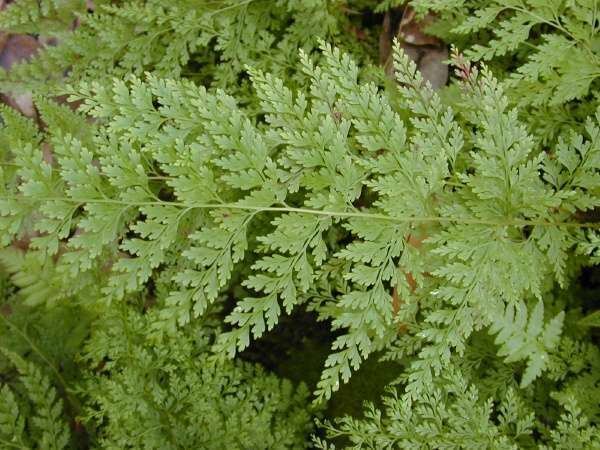
Ingredient s of sphenomeris chinensis formulations pankaj oudhia s ethnobotanical surveys 1990 2012
Uses
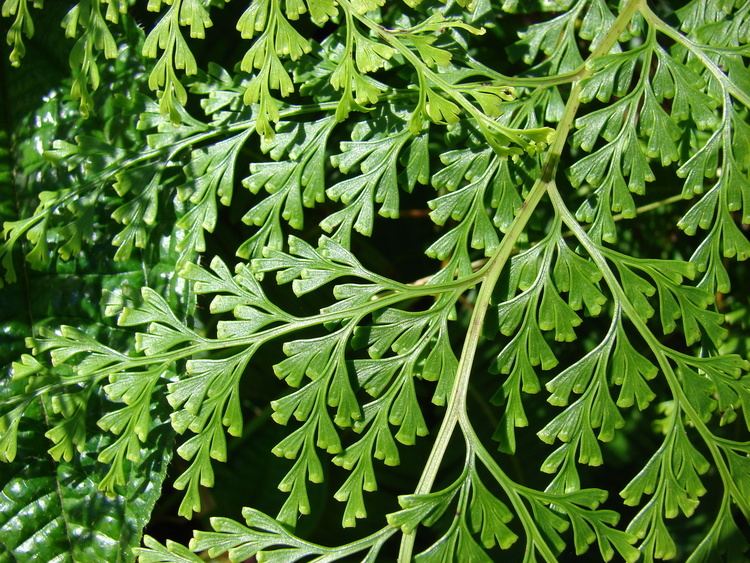
Hawaiians made red-brown dye from the old fronds. Pala'ā was used to treat "female ailments". It is made into a lei using the hili, or hilo technique - a braiding or plaiting method with only one type of plant material. It is also made into haku with other plants using the wili or winding method and a backing. The Ivatan people of the Batanes islands in the Philippines dry and boil the plant in fresh water until the water turns dark brown to complete black. They consider it as a herbal tea for various health benefits such as better stamina and relief from fatigue.
